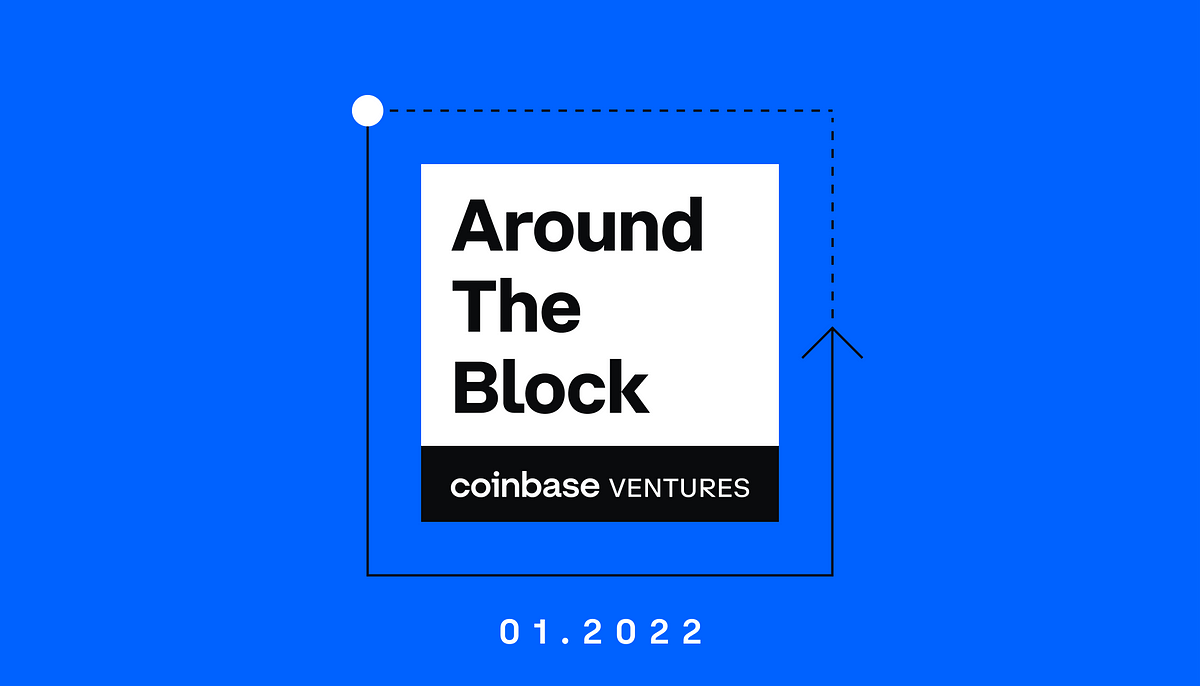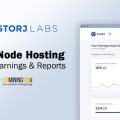Want to play Axie Infinity or get paid for your content on Mirror? First thing you’ll need is a wallet, which serves as the main point of entry for most Web3 applications. Fiat onramps like Moonpay, Wyre, or exchanges like Coinbase help users trade their fiat money for crypto in order to get started.
With some crypto in a wallet, users can head to an aggregator like DappRadar to browse through and connect to all kinds of Web3 applications in one place. Other projects like Rabbithole help users discover and learn how to use various Web3 applications. There are also aggregators like Zapper, Zerion, and Debank that help users track all of their activities and assets across various apps.
Lastly, we’re close to a future in which Web2 platforms where cryptonative communities already gather, like Reddit and Twitter, serve as an entry point for Web3. Reddit’s long-awaited crypto initiative will let certain communities tokenize, rewarding users with tokens and likely NFTs for active participation. Twitter already boasts an integration with Bitcoin’s Lightning Network to let users tip others in BTC.
The ever-evolving stack
The protocols, infrastructure, user applications, and access points named above make up the nascent, yet evolving world of Web3: an internet owned by its users. Beyond ownership, the power of Web3 lies in its modularity and interoperability. Essentially, this means that there are endless ways that the above stack can be combined to create new and interesting use cases — a feature that we expect will lead to a Cambrian explosion of new, world-changing applications.
While the framework and layers we highlighted will likely stay unchanged, we expect the projects and opportunities within them to evolve dramatically in the coming years.




